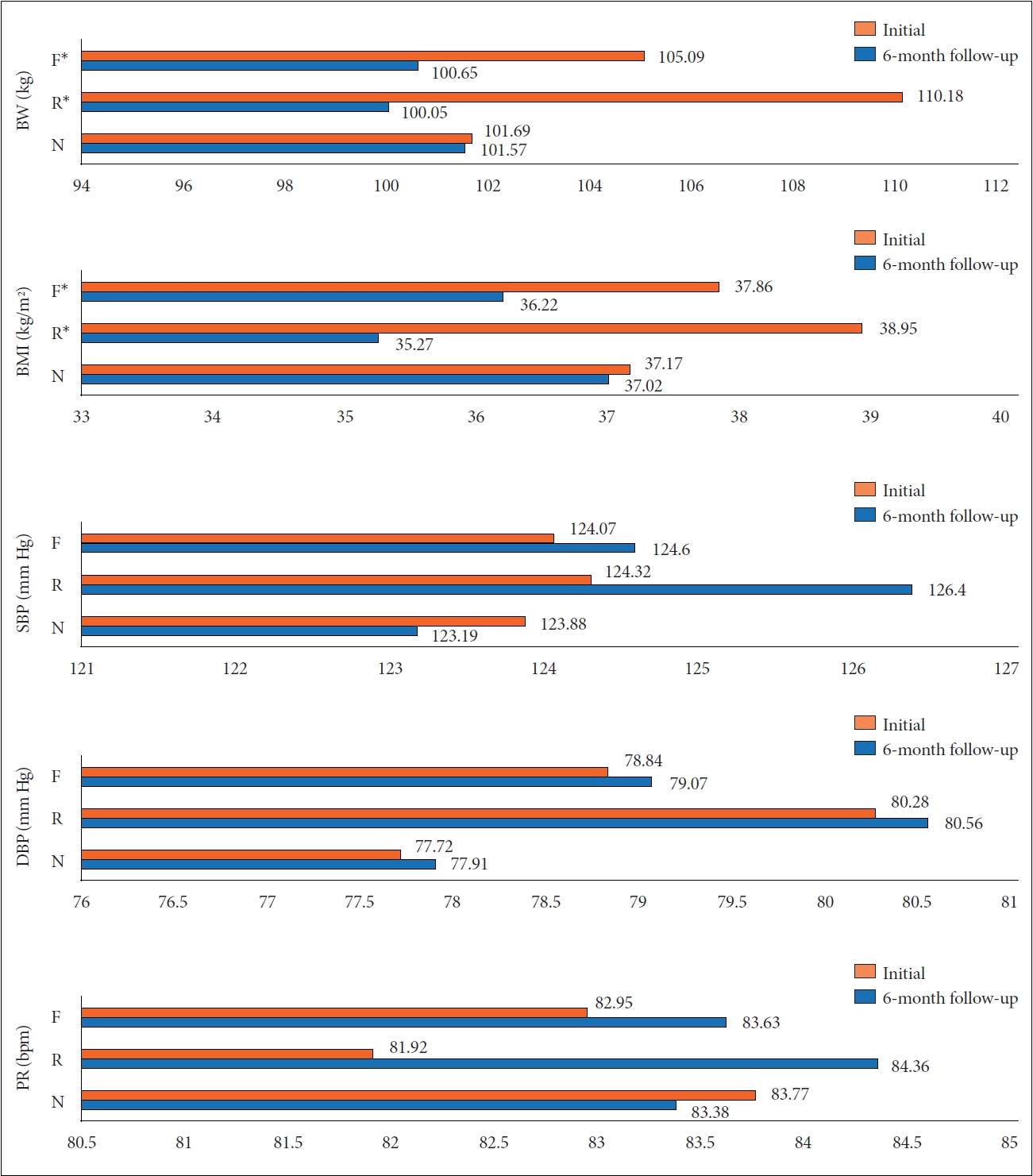 |
 |
- Search
| Psychiatry Investig > Volume 20(9); 2023 > Article |
|
Abstract
Objective
Methods
Results
Notes
Availability of Data and Material
The datasets generated or analyzed during the study are available from the corresponding author on reasonable request.
Conflicts of Interest
The authors have no potential conflicts of interest to disclose.
Author Contributions
Conceptualization: Eunju Kim, Dong Wook Kim. Data curation: Eunju Kim, Daniel Rim. Formal analysis: Eunju Kim, Jeong-Hun Shin. Investigation: Dong Wook Kim. Methodology: Eunju Kim, Dong Wook Kim. Project administration: Daniel Rim. Supervision: Dong Wook Kim. Validation: Jeong-Hun Shin. Visualization: Eunju Kim. Writing—original draft: all authors. Writing—review & editing: all authors.
Funding Statement
None
Figure 2.

Figure 3.

Table 1.
Values are presented as mean±standard deviation or number (%).
The variables of the responders and non-responders were compared statistically, and no difference was found between the two groups. SPR, schizophrenia; SAD, schizoaffective disorder; MDD, major repressive disorder; BMI, body mass index; SBP, systolic blood pressure; DBP, diastolic blood pressure; bpm, beats per minute; DPU, duration of phentermine use; MDPU, mean dose of phentermine use
Table 2.
| Variables | Responders (N=25) | Non-responders (N= 32) |
|---|---|---|
| Lifetime AP medications history | ||
| Total number of tried AP medications | 1.6±0.9 | 1.8±1.1 |
| Total duration of AP exposure* (mo) | 23.9±16.9 | 37.2±27.6 |
| Current AP medication history | ||
| Number of current AP medications | 1.0±0.2 | 1.1±0.3 |
| Dose of current AP medications (mg) | 226.5±163.0 | 240.6±284.5 |
| First-generation antipsychotics | ||
| Perphenazine | 1 (4.0) | 1 (3.1) |
| Second-generation antipsychotics | ||
| Quetiapine | 11 (44.0) | 12 (37.5) |
| Aripiprazole | 7 (28.0) | 12 (37.5) |
| Olanzapine | 2 (8.0) | 4 (12.5) |
| Risperidone | 1 (4.0) | 5 (15.6) |
| Lurasidone | 2 (8.0) | 0 (0.0) |
| Paliperidone | 2 (8.0) | 1 (3.1) |
| Current other psychotropics history | ||
| Anticonvulsant/mood stabilizer* | 18 (72.0) | 14 (43.8) |
| Antidepressant | 11 (44.0) | 17 (53.1) |
| Benzodiazepine | 5 (20.0) | 9 (28.1) |
| Antihistamine | 2 (8.0) | 7 (21.9) |
| Benztropine | 3 (12.0) | 2 (6.3) |
Table 3.
Table 4.
| Variables | Final cohort (N=57) | Short-term users* (N=29) |
|---|---|---|
| Anxiety | 1 (1.75) | 3 (10.34) |
| Back pain | 1 (1.75) | 0 (0.00) |
| Constipation | 2 (3.51) | 1 (3.45) |
| Dry mouth | 2 (3.51) | 1 (3.45) |
| Dizziness | 2 (3.51) | 0 (0.00) |
| Elevation of blood pressure | 0 (0.00) | 1 (3.45) |
| Fatigue | 1 (1.75) | 2 (6.90) |
| Headache | 1 (1.75) | 2 (6.90) |
| Irritability/mood change | 2 (3.51) | 3 (10.34) |
| Numbness | 1 (1.75) | 0 (0.00) |
| Palpitation | 0 (0.00) | 2 (6.90) |
| Sleep disturbance | 4 (7.02) | 1 (3.45) |
| Worsening of psychotic symptoms | 0 (0.00) | 1 (3.45) |
| Irregular menstrual cycle | 0 (0.00) | 1 (3.45) |
| Total adverse events | 17 | 15 |
REFERENCES
-
METRICS

-
- 0 Crossref
- Scopus
- 1,438 View
- 70 Download
-
The Wind of Change in Psychiatric Publications2008 June;5(2)







